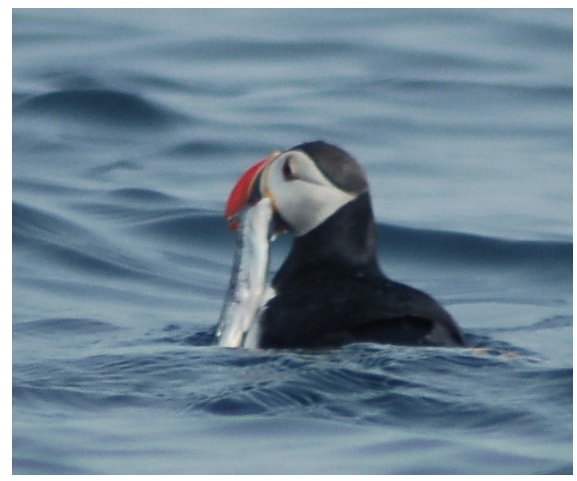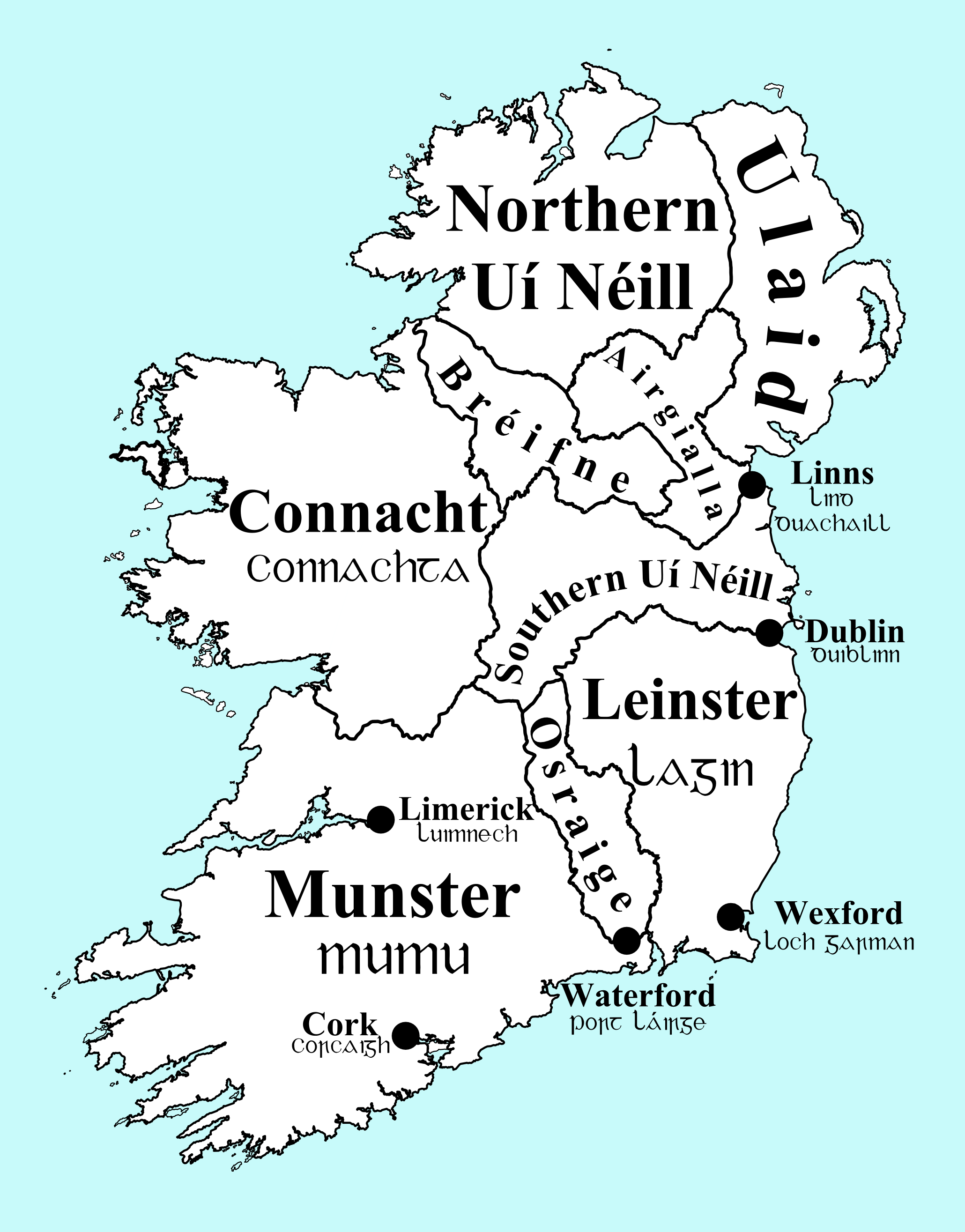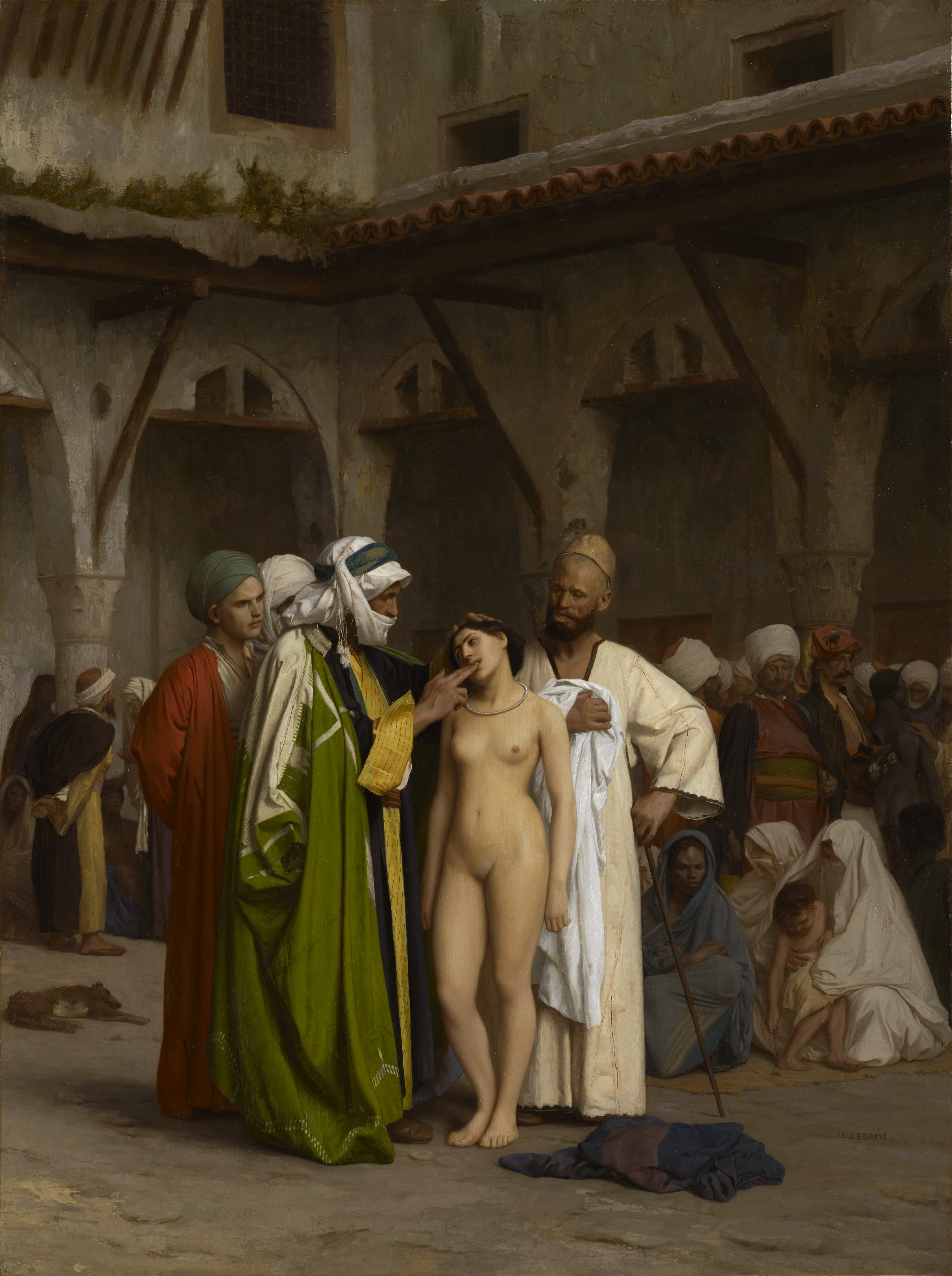|
Slavery In Ireland
Slavery had already existed in Ireland for centuries by the time the Vikings began to establish their coastal settlements, but it was under the Norse-Gael Kingdom of Dublin that it reached its peak, in the 11th century. History Gaelic Ireland Early medieval legal texts provide a wealth of knowledge on the practice of slavery. Gaelic raiders kidnapped and enslaved people from across the Irish Sea for two centuries after the Fall of the Western Roman Empire destabilising Roman Britain; Saint Patrick was kidnapped by Gaelic raiders. In the Brehon Laws, Senchus Mór hanahus Moreand the Book of Acaill ck'ill a "daer fuidhir" ("servile inferior") was a name applied to all who did not belong to a clan, whether born in the clan territory or not. This was the lowest of the three classes of the non-free people. This class also was sub-divided into saer and daer, the daer fuidhirs being the class most closely resembling slaves. Even this lowest condition was not utterly hopeless; p ... [...More Info...] [...Related Items...] OR: [Wikipedia] [Google] [Baidu] |
LSR Wikinger - Sklavenfessel
LSR may refer to: Computing * Label switch router, a type of router located in the middle of an MPLS network * ''Lego Stunt Rally'', a video game * Link-state routing protocol, one of the two main classes of routing protocols used in packet switching networks * Linux Screen Reader, a free and open source assistive technology of the GNOME desktop environment * Logical shift right, a type of logical shift operator used in some computer languages * Loose Source Routing, an IP routing option used for mobility in IP networks * Link state request, a type of OSPF protocol message Organizations * LSR Group, one of Russia's largest construction firms * Lady Shri Ram College for Women, a university in Delhi, India * League for Socialist Reconstruction, a DeLeonist political organization in the United States * League for Social Reconstruction, a socialist think-tank in Canada which ran from 1931 to 1942 * Leeds Student Radio, a student radio station based in Leeds * ''Liberdade, Socialismo e R ... [...More Info...] [...Related Items...] OR: [Wikipedia] [Google] [Baidu] |
Olaf The White
Olaf the White () was a viking sea-king who lived in the latter half of the 9th century. Life Olaf was born around 820, in Ireland. His father was the Hiberno-Norse warlord Ingjald Helgasson. Some traditional sources portray Olaf as a descendant of Ragnar Lodbrok – for instance, the '' Eyrbyggja Saga'', claims that Olaf's paternal grandmother (Thora) was a daughter of Ragnar's son Sigurd Snake-in-the-Eye. However, this connection seems unlikely, given that Sigurd appears to have lived in the mid-9th Century and Ragnar himself may have lived until the 860s. Irish fragments provide a different genealogy, suggesting that Olaf's father was Godfred, son of Ragnall, son of Godfred, son of Godfred. He was named King of Dublin around 853. According to Irish sources, Olaf ruled jointly with his kinsman Ímar. Olaf married Aud the Deep-minded (''Auðr''), daughter of Ketil Flatnose, the ruler of the Hebrides, according to Icelandic traditions ('' Landnámabók'', '' Laxdæla saga' ... [...More Info...] [...Related Items...] OR: [Wikipedia] [Google] [Baidu] |
Slave Raids
Slavery is the ownership of a person as property, especially in regards to their labour. Slavery typically involves compulsory work, with the slave's location of work and residence dictated by the party that holds them in bondage. Enslavement is the placement of a person into slavery, and the person is called a slave or an enslaved person (see ). Many historical cases of enslavement occurred as a result of breaking the law, becoming indebted, suffering a military defeat, or exploitation for cheaper labor; other forms of slavery were instituted along demographic lines such as race or sex. Slaves would be kept in bondage for life, or for a fixed period of time after which they would be granted freedom. Although slavery is usually involuntary and involves coercion, there are also cases where people voluntarily enter into slavery to pay a debt or earn money due to poverty. In the course of human history, slavery was a typical feature of civilization, and existed in most socie ... [...More Info...] [...Related Items...] OR: [Wikipedia] [Google] [Baidu] |
Vestmannaeyjar
Vestmannaeyjar (, sometimes anglicized as Westman Islands) is a municipality and archipelago off the south coast of Iceland. The largest island, Heimaey, has a population of 4,414, most of whom live in the archipelago's main town, Vestmannaeyjabær. The other islands are uninhabited, although six have single hunting cabins. Vestmannaeyjar came to international attention in 1973 with the eruption of Eldfell volcano, which destroyed many buildings and forced a month-long evacuation of the entire population to mainland Iceland. Approximately one-fifth of the town was destroyed before the lava flow was halted by application of 6.8billion litres of cold sea water. Geography The Vestmannaeyjar archipelago is young in geological terms. The islands lie in the Southern Icelandic Volcanic Zone and have been formed by eruptions over the past 10,000–12,000 years. The volcanic system consists of 70–80 volcanoes both above and below the sea. Vestmannaeyjar comprises the following isla ... [...More Info...] [...Related Items...] OR: [Wikipedia] [Google] [Baidu] |
Hjörleifr Hróðmarsson
Hjǫrleifr Hróðmarsson (Old Norse: ; Modern Icelandic: ; Modern Norwegian: ) was an early settler in Iceland. The story of the early settlement of Iceland is told in the compilation known as ''Landnámabók.'' Hjörleifr was the blood brother of Ingólfr Arnarson, the first settler of Iceland in the late 9th century. While raiding in Ireland, he found an underground passage and killed a man to take his sword. From this event his original name ''Leifr'' was lengthened to ''Hjǫrleifr'' (Old Norse ''hjǫrr'': 'sword'). Hjörleifr settled on land on the mountain Hjörleifshöfði (east of Vík) which was named after him. He was later murdered by his thralls, many of whom were Irish or Scottish. The fugitive slaves were killed by Ingólfr Arnarson, thereby saving all the women who were held captive by the slaves. See also *List of slave owners The following is a list of notable people who owned other people as slaves, where there is a consensus of historical evidence of slave ... [...More Info...] [...Related Items...] OR: [Wikipedia] [Google] [Baidu] |
Slave Rebellion
A slave rebellion is an armed uprising by slaves, as a way of fighting for their freedom. Rebellions of slaves have occurred in nearly all societies that practice slavery or have practiced slavery in the past. A desire for freedom and the dream of successful rebellion is often the greatest object of song, art, and culture amongst the enslaved population. These events, however, are often violently opposed and suppressed by slaveholders. Ancient Sparta had a special type of serf called ''helots'' who were often treated harshly, leading them to rebel. According to Herodotus (IX, 28–29), helots were seven times as numerous as Spartans. Every autumn, according to Plutarch (''Life of Lycurgus'', 28, 3–7), the Spartan ephors would pro forma declare war on the helot population so that any Spartan citizen could kill a helot without fear of blood or guilt in order to keep them in line ('' crypteia''). In the Roman Empire, though the heterogeneous nature of the slave population worked ... [...More Info...] [...Related Items...] OR: [Wikipedia] [Google] [Baidu] |
Anatolia
Anatolia (), also known as Asia Minor, is a peninsula in West Asia that makes up the majority of the land area of Turkey. It is the westernmost protrusion of Asia and is geographically bounded by the Mediterranean Sea to the south, the Aegean Sea to the west, the Turkish Straits to the northwest, and the Black Sea to the north. The eastern and southeastern limits have been expanded either to the entirety of Asiatic Turkey or to an imprecise line from the Black Sea to the Gulf of Alexandretta. Topographically, the Sea of Marmara connects the Black Sea with the Aegean Sea through the Bosporus and the Dardanelles, and separates Anatolia from Thrace in Southeast Europe. During the Neolithic, Anatolia was an early centre for the development of farming after it originated in the adjacent Fertile Crescent. Beginning around 9,000 years ago, there was a major migration of Anatolian Neolithic Farmers into Neolithic Europe, Europe, with their descendants coming to dominate the continent a ... [...More Info...] [...Related Items...] OR: [Wikipedia] [Google] [Baidu] |
Iceland
Iceland is a Nordic countries, Nordic island country between the Atlantic Ocean, North Atlantic and Arctic Oceans, on the Mid-Atlantic Ridge between North America and Europe. It is culturally and politically linked with Europe and is the region's westernmost and most list of countries and dependencies by population density, sparsely populated country. Its Capital city, capital and largest city is Reykjavík, which is home to about 36% of the country's roughly 380,000 residents (excluding nearby towns/suburbs, which are separate municipalities). The official language of the country is Icelandic language, Icelandic. Iceland is on a rift between Plate tectonics, tectonic plates, and its geologic activity includes geysers and frequent Types of volcanic eruptions, volcanic eruptions. The interior consists of a volcanic plateau with sand and lava fields, mountains and glaciers, and many Glacial stream, glacial rivers flow to the sea through the Upland and lowland, lowlands. Iceland i ... [...More Info...] [...Related Items...] OR: [Wikipedia] [Google] [Baidu] |
Thralls
A thrall was a slave or serf in Scandinavian lands during the Viking Age. The status of slave (, ) contrasts with that of the freeman (, ) and the nobleman (, ). Etymology Thrall is from the Old Norse , meaning a person who is in bondage or serfdom. The Old Norse term was lent into late Old English, as . The term is from a Common Germanic ("runner", from a root "to run"). Old High German had a cognate, , meaning "servant, runner". The English derivation ''thraldom'' is of High Medieval date. The verb "to enthrall" is of Early Modern origin (metaphorical use from the 1570s, literal use from 1610). The corresponding term in Old English was (from Proto-Germanic , perhaps from a PIE root , "to run"). A related Old English term is "labourer, hireling" (from Germanic , cognate with Gothic "hireling", a derivation from "reward", from the same root as English '' earn''). The term was borrowed into Irish as , where it is used interchangeably with which is a cognate of ... [...More Info...] [...Related Items...] OR: [Wikipedia] [Google] [Baidu] |
Early Scandinavian Dublin
The First Viking Age in Ireland began in 795, when Vikings began carrying out hit-and-run raids on Gaelic Irish coastal settlements. Over the following decades the raiding parties became bigger and better organized; inland settlements were targeted as well as coastal ones; and the raiders built naval encampments known as longphorts to allow them to remain in Ireland throughout the winter. In the mid 9th century, Viking leader Turgeis or ''Thorgest'' founded a stronghold at Dublin, plundered Leinster and Meath, and raided other parts of Ireland. He was killed by the High King, Máel Sechnaill mac Máele Ruanaid, which was followed by several Irish victories against the Vikings and the seizure of Dublin in 849. Shortly after, a new group of Vikings known as the Dubgaill ("dark foreigners") came to Ireland and clashed with the earlier Viking settlers, now called the Finngaill ("fair foreigners"). The wavering fortunes of these three groups and their shifting alliances, together ... [...More Info...] [...Related Items...] OR: [Wikipedia] [Google] [Baidu] |
Slave Market
A slave market is a place where slaves are bought and sold. These markets are a key phenomenon in the history of slavery. Asia Central Asia Since antiquity, cities along the Silk road of Central Asia, had been centers of slave trade. In the early middle ages, Central Asia was a transit area for European slaves sold by the Vikings in Russia to slavery in the Abbasid Caliphate via the slave markets of the Central Asia. The slave trade in the Mongol Empire created a network of connected slave markets between Asia and Europe. In the 19th century, the slave markets of Khiva and Bukhara were still among the biggest slave markets in the world. In Bukhara, Samarkand, Karakul, Karshi, and Charju, mainly Persians, Russians, and some Kalmyk slaves, were traded by Turkmens, Kazakhs, and Kyrgyz. From the 17th to 19th centuries, Khiva was a notorious slave market for captured Persian and Russian slaves. The slave markets of central Asia was eradicated with the Russian conquest o ... [...More Info...] [...Related Items...] OR: [Wikipedia] [Google] [Baidu] |







